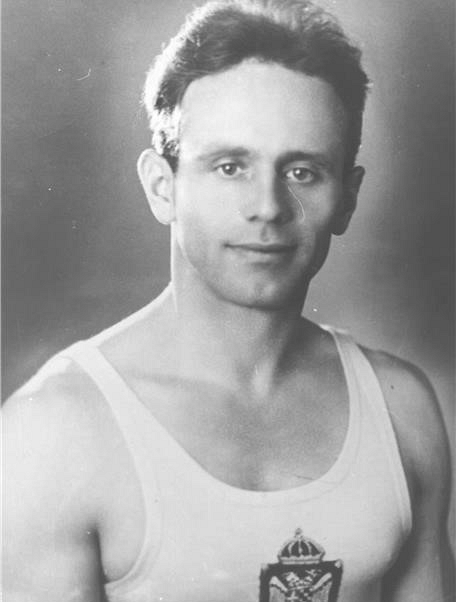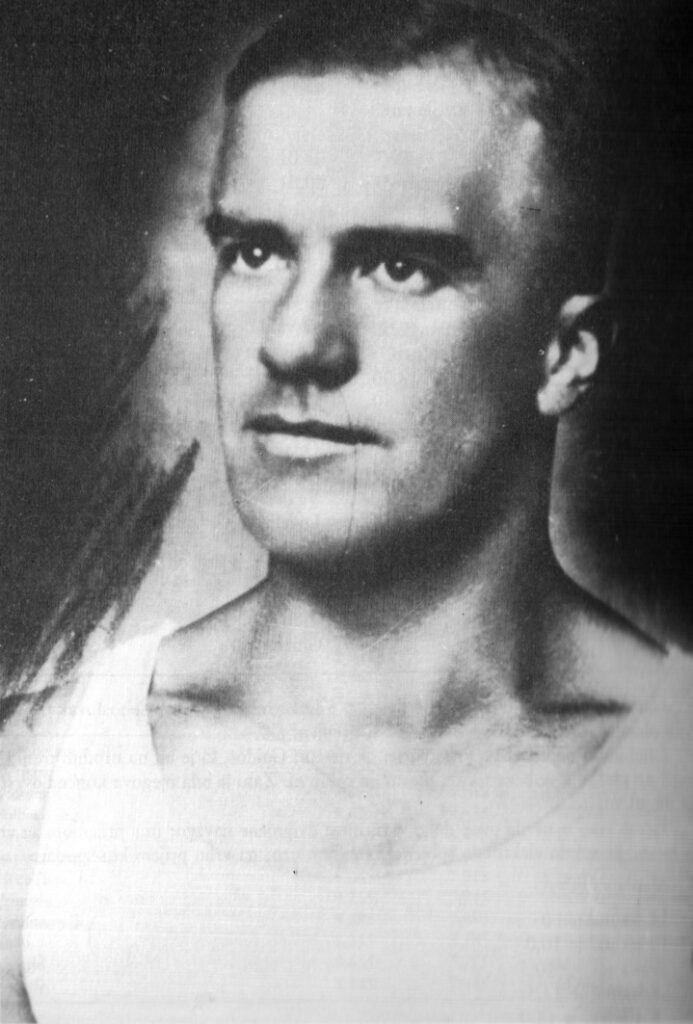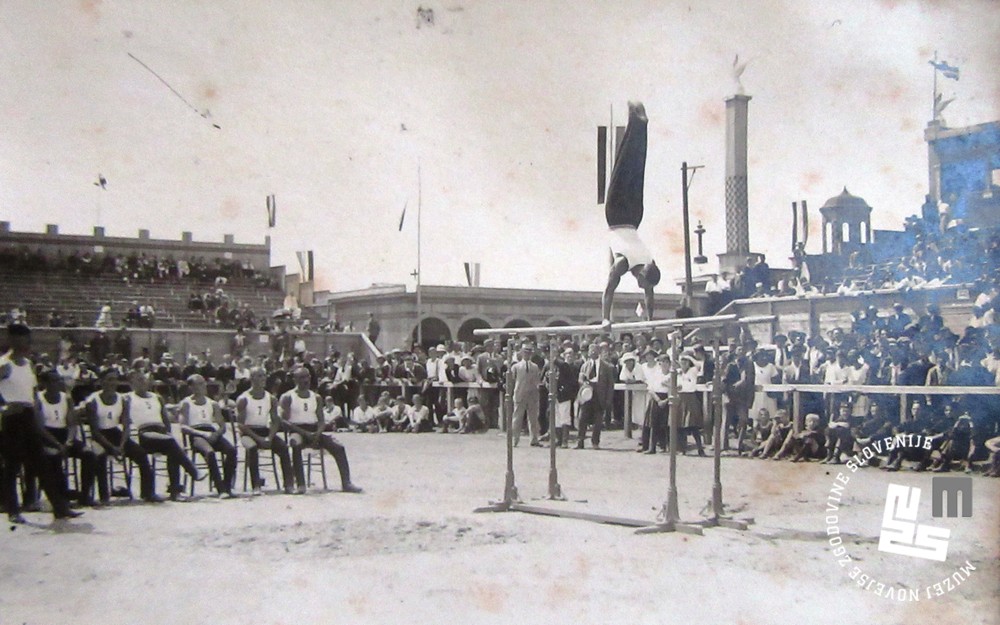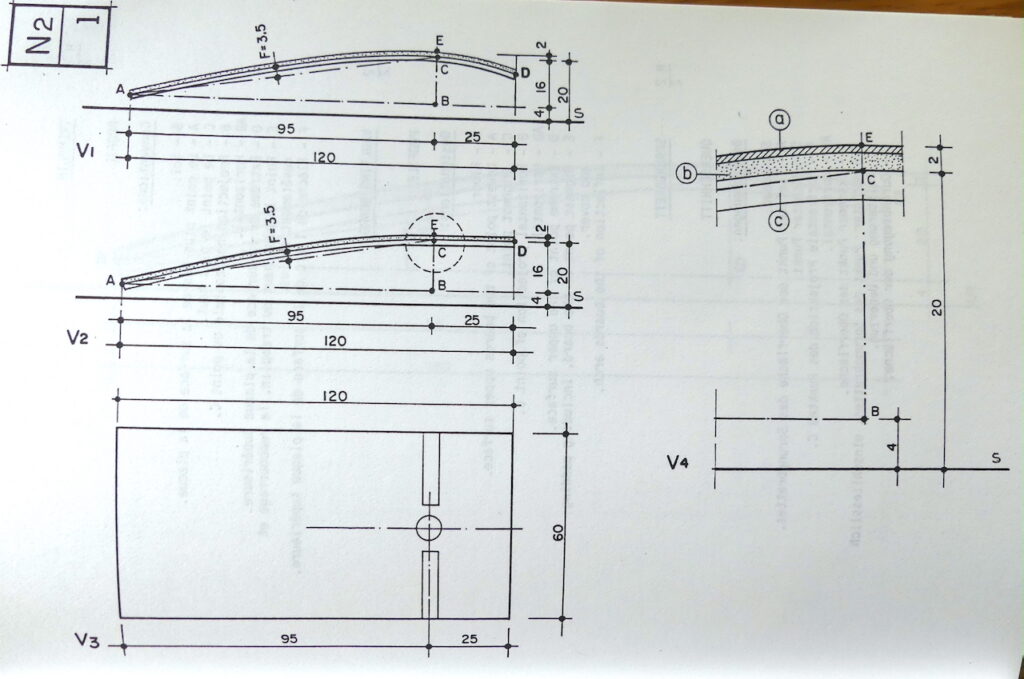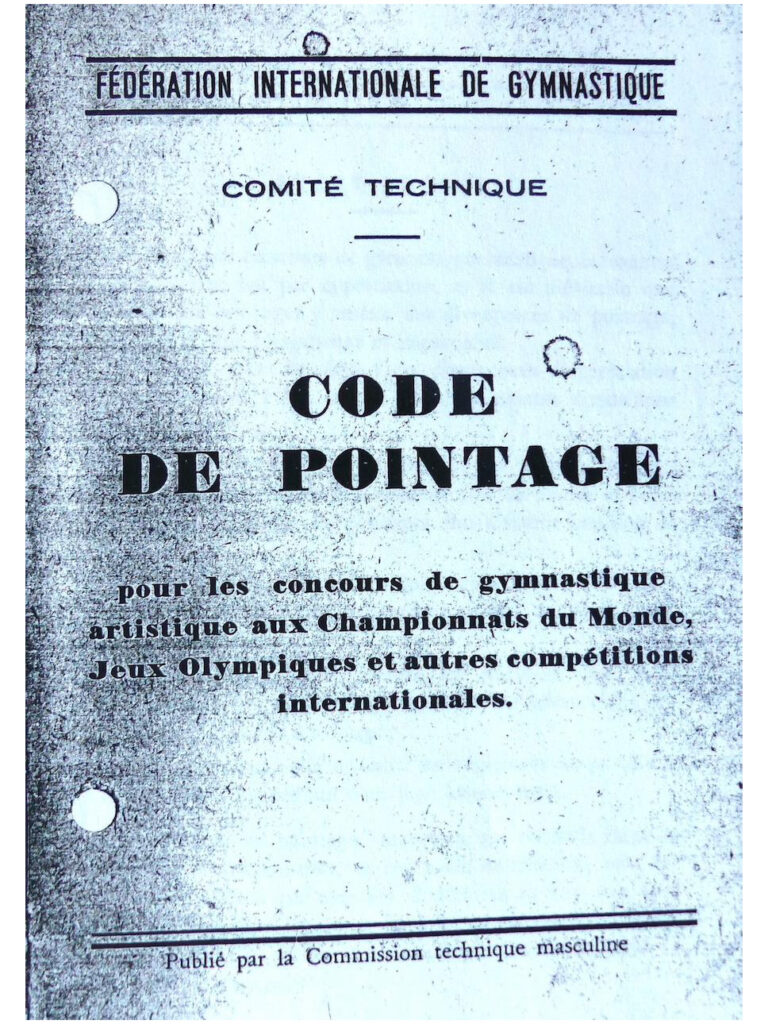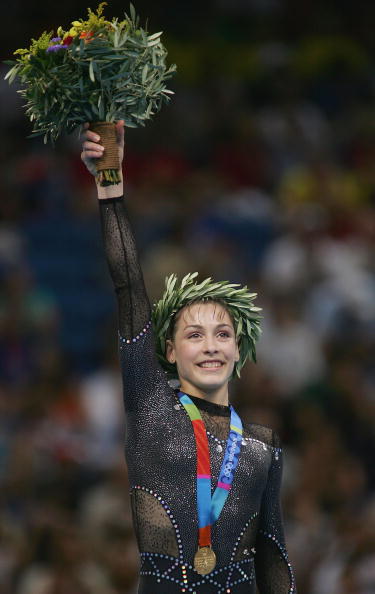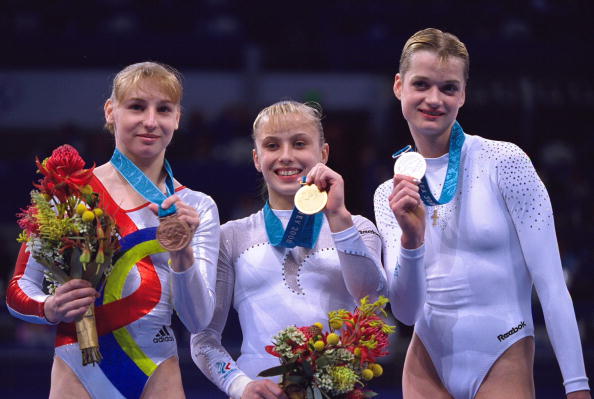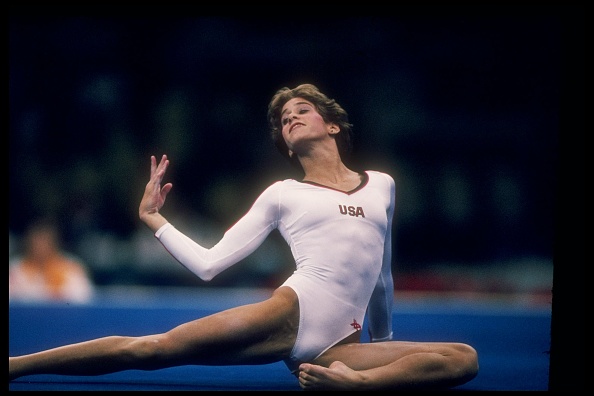At the 1930 World Championships (originally called the International Tournament), tragedy struck. Yugoslav gymnast Anton Malej fell during his rings routine and was taken to the hospital, where he later died on July 15, 1930. He was 23.
Despite the accident, the Yugoslav gymnasts kept competing and took home third place. Fellow countryman Josip Primožič won the all-around.
The results, though, should have an asterisk next to them, given that the gymnasts didn’t compete in five of the scheduled events.
The competition was originally scheduled for July 12 and 14, 1930. However, rainy weather on July 14 resulted in a premature end to the competition, and the organizers decided to count only the scores from the first day (i.e. the scores from the apparatus gymnastics portion of the competition).
Reminder: This was not the first time that inclement weather caused problems during the International Tournament. In 1911, Cupérus, the FIG President at the time, wanted the athletes to compete in inclement weather rather than end the competition or finish it the next day. And two years prior, at the 1928 Olympics, the FIG was upset that the stadium was not prepared for inclement weather.
